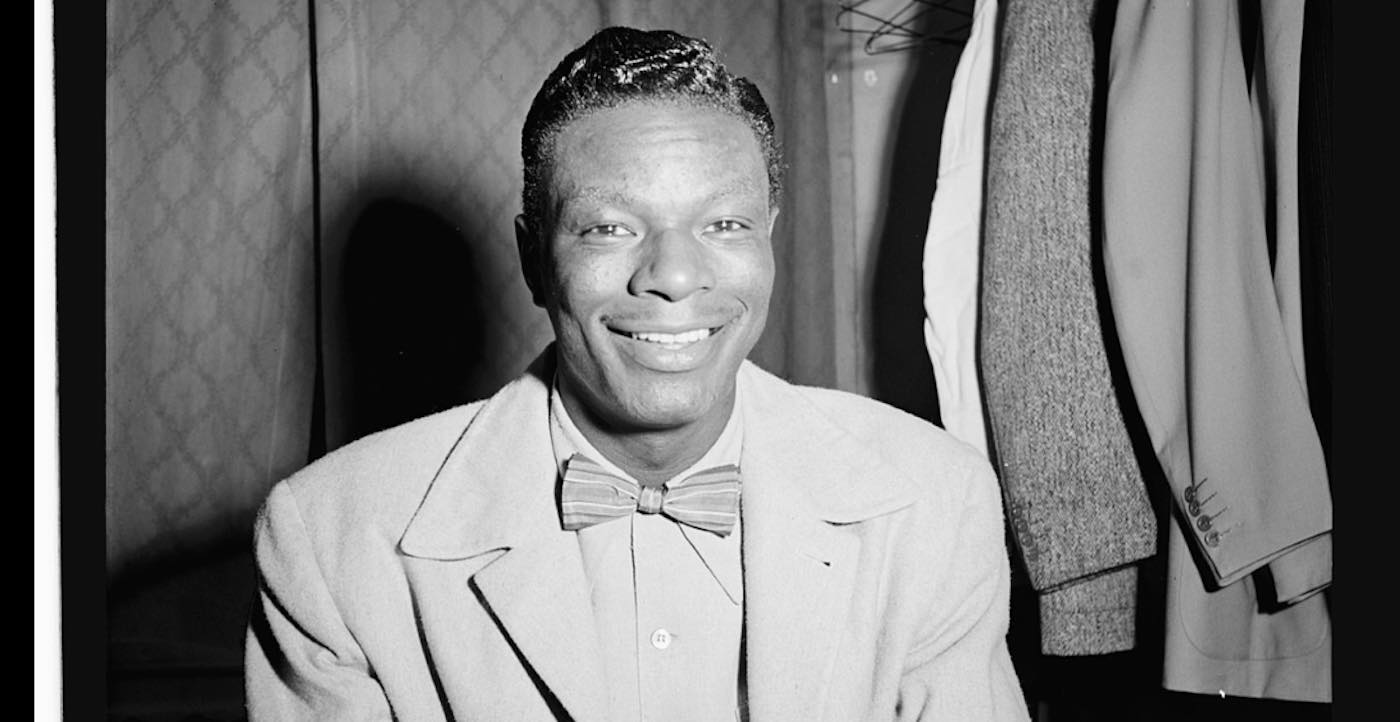
www.dailysignal.com
Ex-NFL Star Ben Watson Offers Antidote to Abortion
If the number of marriages increased in America, the number of abortions would likely decrease, statistics show.
The Pew Research Center reported that in 2021, 87% of women who had abortions were unmarried, meaning that “marriage can make a huge difference if 87% of abortion-determined women are not married,” says pro-life advocate Ben Watson, a former NFL star.
It’s not only the unborn that benefit from a society that celebrates marriage, but all children, Watson says.
“It’s necessary that men be a part of raising a child and having a commitment to the mother in the form of marriage, because we see statistically that it produces that kind of children that we want in our society,” says Watson, who played for four NFL teams during his 16-season career.
Ahead of Father’s Day, the former NFL tight end and current president of strategic relationships for the Human Coalition joins “The Daily Signal Podcast” to explain how he and his wife have navigated some of the challenges of their own marriage, and whether being a father is what he expected. Watson also offers his predictions on the upcoming 2024-25 NFL season.
Listen to the podcast below:
The post Ex-NFL Star Ben Watson Offers Antidote to Abortion appeared first on The Daily Signal.

















